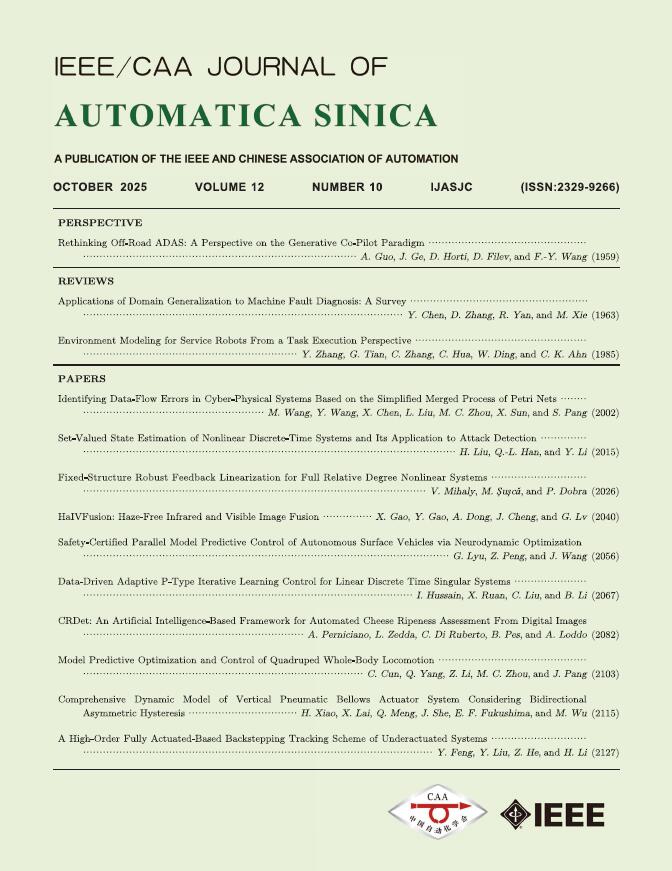Feedforward mechanisms used to control machines are much more accurate than feedback mechanisms, but they can be computationally hard. A new method has improved over conventional techniques and is set to be tried out on industrial robots and machine vision.
Paper Information
D. L. Zhang, Z. N. Wang and M. Tomizuka, "A Variable-Parameter-Model-Based Feedforward Compensation Method for Tracking Control," IEEE/CAA J. Autom. Sinica, vol. 7, no. 3, pp. 693-701, May 2020
Fulltext:
https://www.ieee-jas.net/article/doi/10.1109/JAS.2020.1003135?viewType=HTML&pageType=en
Most people will be familiar with ‘feedback’, where a machine such as a thermostat corrects itself after observing an error in performance: once the temperature exceeds a set point, the building’s heating system is turned off, for example.
But feedback systems can be crude mechanisms of control: if the upper temperature limit is set too high, then room temperature can still begin to feel uncomfortable just before the heating is turned off. On the other hand, if the preferred temperature range is set very narrowly—perhaps just a few degrees apart—then the heating system will constantly be turned on and off as it bounces in and out of range, increasing wear and tear.
“Feedforward” control systems are less well known by the public, but they overcome these failings of feedback mechanisms by measuring changes in the overall system in which a given machine is operating in, and direct the machine to take these changes into account before they have a chance to have an undesired impact.
“For example, a baseball player attempting to catch a ball is engaged in feedfoward control,” explains engineer Dailin Zhang. “As she tracks a ball’s trajectory, she adjusts her movement in anticipation of where it will land.”
As a result, feedforward is much more accurate than feedback. A thermostat using feedforward control might sense that a door has been opened and so turn on the heating system before the temperature in the home has a chance to drop.
But there are drawbacks: Feedforwards require good knowledge, or ‘modeling’, of the system in which they are operating. If the thermostat monitors the door to see if it is open but not the windows, then it has a bad ‘model’ of the house, and it will get too chilly.
The brains of humans and other animals often practice feedforward control as they are very good at whole-system modeling. But for machines, such modeling is computationally hard.
However, researchers with Huazhong University of Science and Technology and the University of California at Berkeley have developed a new feedforward method that improves on conventional feedforward techniques.
Normally, the parameters that are fed into such a technique are fixed (the possibility of a door or window opening, for example), but the new technique obtains such parameters from an uncertain environment to develop an updated model of the system in real time via a series of steps.
Tested on a simulation of a motor, the researchers found that the technique did indeed achieve better performance than the traditional feedforward compensation.
The researchers are themselves specialists in machine vision and improving the calibration of industrial robots, and next want to trial their technique on such real-world challenges.















 E-mail Alert
E-mail Alert


